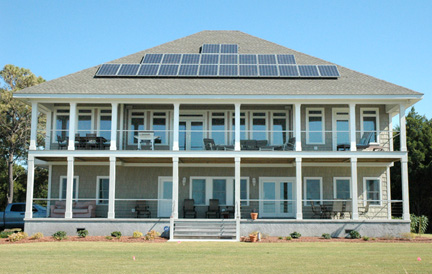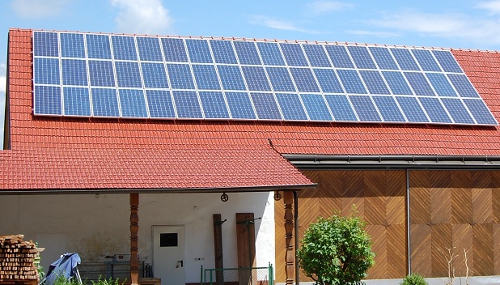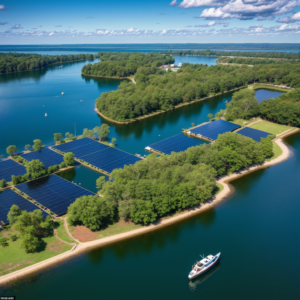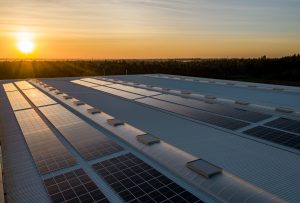Energy Saving Solar Panels For Your Home
Solar systems and solar panels as one of the most important elements of such a system is becoming increasingly important in our lives.
So here are the most important facts when it comes to this important segment of such systems.
Solar panels transform sunlight into heat and transfer that heat in a medium (water, solar fluid, etc.).
Solar collectors fall into two basic categories, concentrating and no concentrating collectors.
Solar collectors are also known as solar thermal collectors known as systems that are used to collect and absorb solar energy and converts it into useful form.
Solar panels are a great solution for global warming, whether they are used separately or as part of a more comprehensive solution for sustainable energy.
Solar collectors absorb sunlight and generate heat. While solar panels on the other hand convert solar energy into electricity.
Solar collectors are designed to convert energy from sunlight into hot water. The two main types are passive and active collectors.
Solar panels are a cheap and effective way of converting sunlight into hot water. They are used since the 1920’s.
Solar collectors are designed to collect heat through absorption the power from the sun.
Solar collectors should be tilted by an angle approximately equal to the width of your location.
Solar panels are becoming more popular everyday as people are becoming more interested in developing sustainable energy solutions on the micro level.
Solar panels collect heat and use that heat for hot water systems or transfer to electricity in solar cells.
Solar panels use fluid to collect and transferring solar heat. Such collectors are prone to leakage, corrosion and freezing.
Active solar collectors use pumps to move the fluid through the system.
Passive solar collectors use convection to move the fluid through the system without the need for a pump. This is called thermosiphonnic effect, and requires the panel of the collector to be tilted and repository to be placed over them.
The most common types of solar collectors are:
- collectors with flat plate
- vacuum tube collectors
Flat plate solar collectors were developed by Hottel and Whillier in the 1950’s, and are becoming very popular. The way it collects solar energy is very simple although not as effective as collectors with evacuated tube technology.
As equipment, solar collectors can be in the range of small installations for solar heat, to large and complex units that can generate electricity for factories.
Solar collectors with vacuum tubes collect solar radiation through a series of individual tubes instead of single flat plate, with vacuum-packed environment outside of pipes to reduce heat loss through convection and implementation. They contain parallel rows of transparent glass tubes.
As energy prices rise, the future solar collectors will become more used.
Based on the operating temperature of the heat, solar collectors are defined as low temperature (below 80oC), high temperature (working temperature between 80°C and 150°C) and high temperature (operating temperature above 150°C).
Solar water heating systems include storage container and solar collectors.
Even in the cold days there is enough radiation from the sun that allows solar panels to provide significant performance even in such conditions.
Systems with closed-loop solar hot water use glycol ethylene or antifreeze as fluid which circulates from the solar collectors to the storage tank for solar water.









